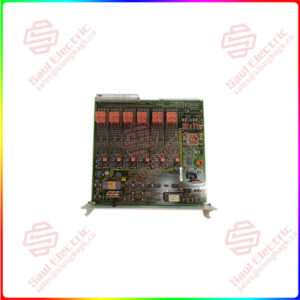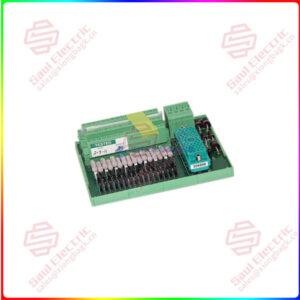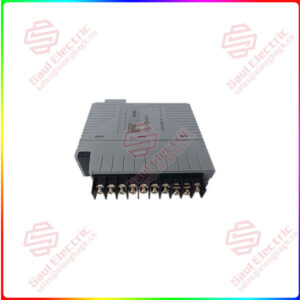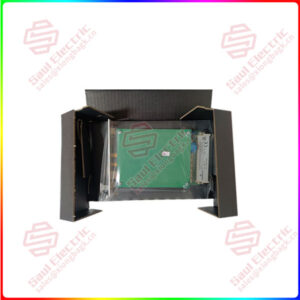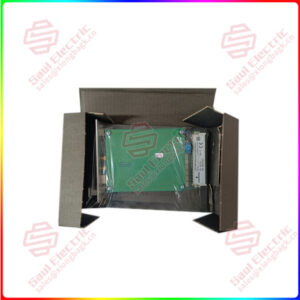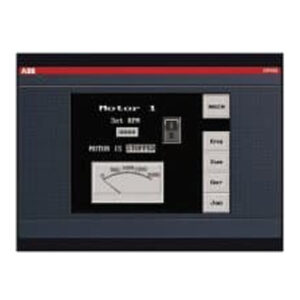Description
Overview
Essential details:MR-S11-200-Z37 MITSUBISHI AC motor driver
lf you need to inquire or purchase ,please send the product models to my email or call medirectly .
sunny He
[Email] sales@saulcontrol.com
[Mobile] 86-18059884797
[WhatsApp] 86-18059884797
[Skype] sales@saulcontrol.com
MR-S11-200-Z37 MITSUBISHI AC motor driver
The servo drive is divided into position ring, speed ring and current ring according to its control object from outside to inside, and the corresponding servo drive can work in position control mode, speed control mode and torque control mode.
When the servo drive operates in any mode, it corresponds
The model can be given in three ways: 1. 2. Internal setting of parameters; 3, communication given.
The internal given application of the parameter setting is relatively small, and it is limited graded adjustment.
The advantage of using analog quantity given is fast response, which is applied to many high-precision and high-response occasions, and the disadvantage is that there is zero drift, which brings difficulties to debugging. European and American servo systems use this way.
Pulse control is compatible with common signal modes: CW/CCW (positive and negative pulse), pulse/direction, and A/B trust signal. The disadvantage is that the response is slow, and Japanese and domestic servos use this way.
Of course, I most recommend the communication given way, which is also the European brand commonly used control method, the advantage is given quickly, fast response, can reasonably carry out motion planning, especially suitable for CAM control and flying positioning method, 2012 high-grade CNC machine tools use this way.


 1 Year Warranty
1 Year Warranty

